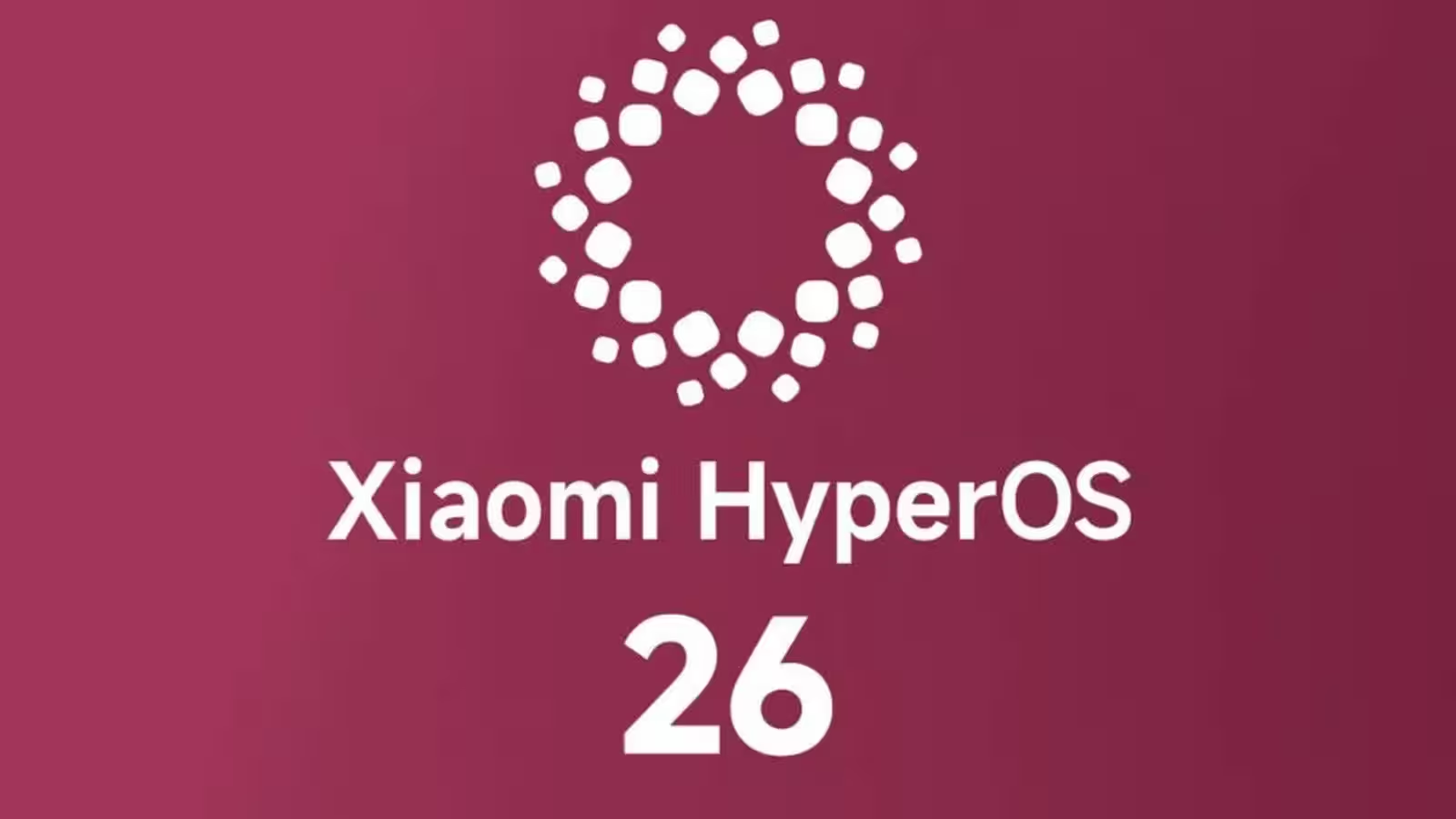3 Minutes
Introduction: A New Era in Operating System Naming
The technology industry is witnessing a significant shift in operating system branding as companies strive for clarity and synchronization across their software ecosystems. According to credible sources, Xiaomi is likely to follow Apple’s rumored strategy of adopting year-based naming conventions for their operating systems, potentially launching "HyperOS 26" as its next major software release instead of HyperOS 3. This prospective change is not only about a new name but signifies a move towards enhanced transparency and streamlined updates for global users.
Xiaomi HyperOS: Lightweight Innovation for a Connected World
Announced as a lighter, faster alternative to major operating systems such as iOS and Android, Xiaomi's HyperOS has already distinguished itself by running efficiently on over 200 devices with just 8.75GB of storage required. Designed to unify Xiaomi’s vast ecosystem of smartphones, wearables, and IoT products, HyperOS emphasizes improved memory management, optimized graphics, and robust networking performance—key areas for delivering a seamless user experience.
Adopting Year-Based Naming: Inspired by Apple’s Strategy
Bloomberg reports suggest that Apple could abandon numerical progression for its next iOS, moving directly to iOS 26 for 2026, to synchronize naming across iOS, iPadOS, macOS, and watchOS. Xiaomi appears poised to adopt a parallel approach, planning to release its Android 16-based UI as HyperOS 26 by October 2025. This strategic realignment aims at increasing transparency for end users and industry partners, making version identification straightforward.
Implications: Industry Trends and Expert Perspectives
The shift to year-based naming offers tangible benefits. For users, it provides immediate clarity about the currency and support cycle of software versions. For vendors, it enables a more coherent branding narrative and easier synchronization across disparate hardware and regions. Experts note that such moves can accelerate ecosystem adoption, ease update management, and align with growing expectations for consistency inspired by giants like Apple and Microsoft. However, challenges include retraining market perception and ensuring a smooth transition to new naming conventions without confusing existing device owners.
Use Cases and Real-World Impact
In practical terms, consumers could benefit from a more predictable update schedule and simpler identification of supported features. Enterprises managing device fleets would likewise experience streamlined version tracking and software compliance, reducing operational complexity in environments with mixed device generations.
Išvada
The potential renaming of Xiaomi’s next operating system to HyperOS 26 reflects a major industry trend towards transparent, year-based software versioning. As companies seek to tie software releases more closely to the calendar year, users can expect greater clarity, easier update management, and a more unified ecosystem experience. While this change is yet to be officially confirmed by Xiaomi, it signals a commitment to global best practices and positions the company to better serve a growing international customer base.
Source: xiaomitime



Comments